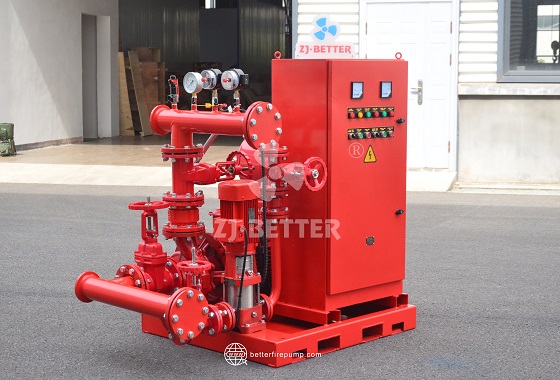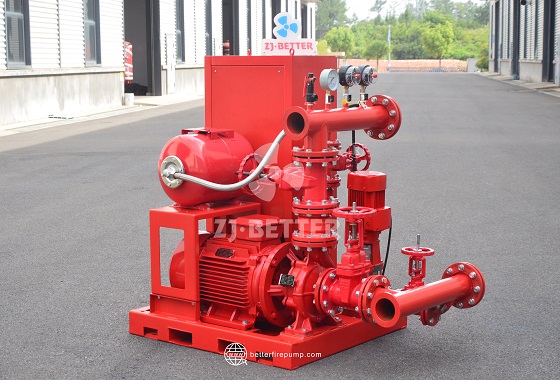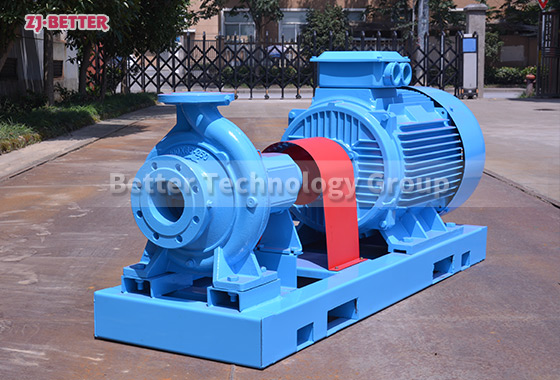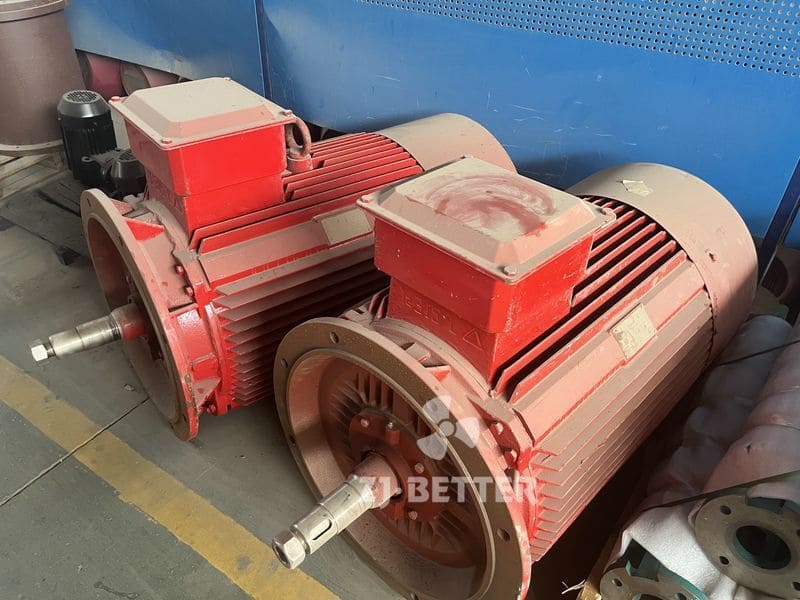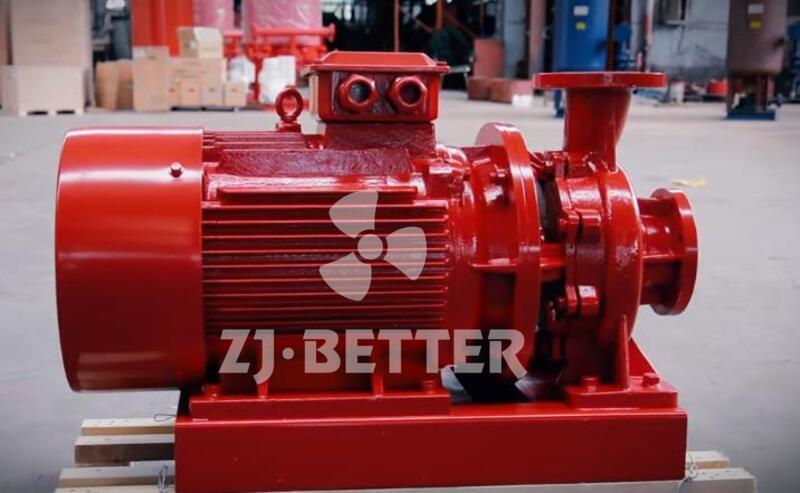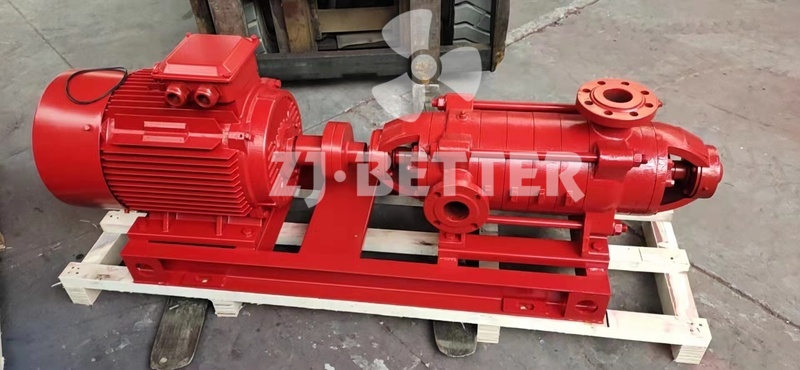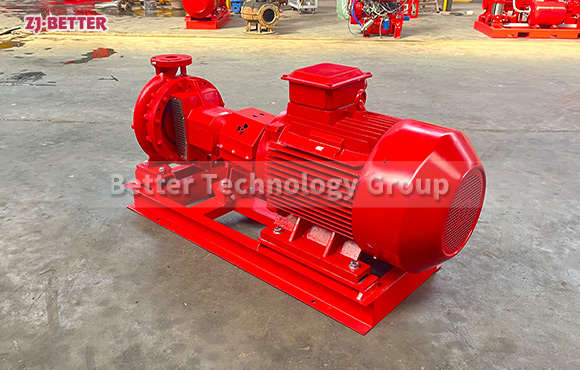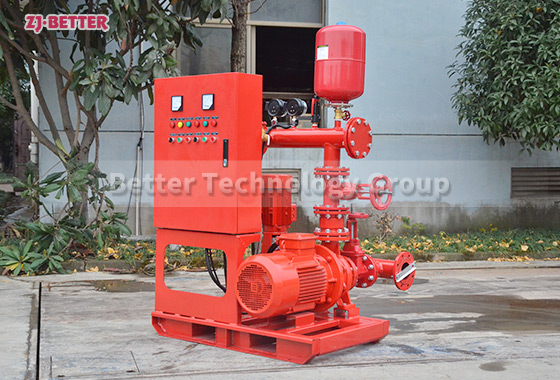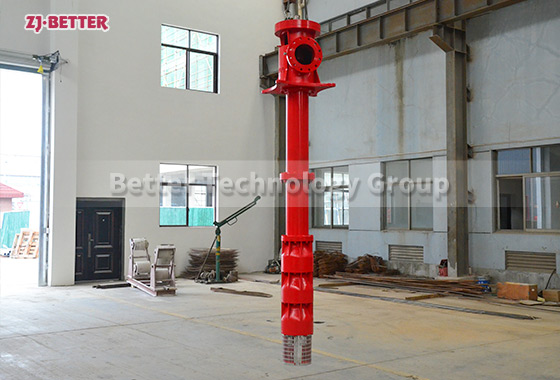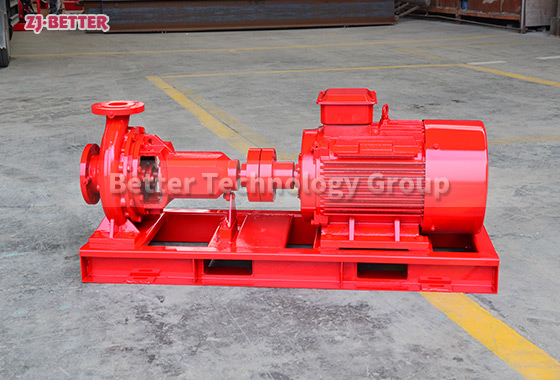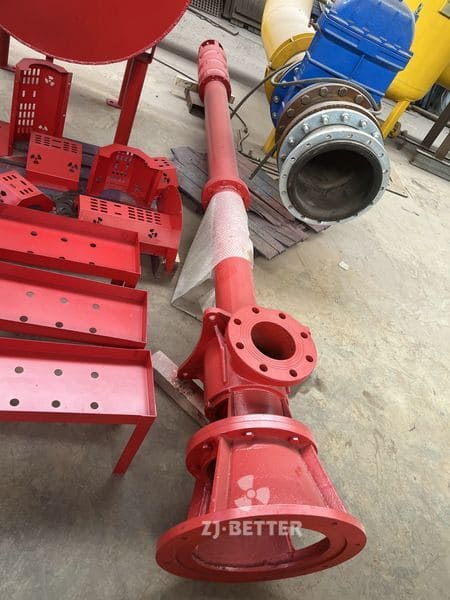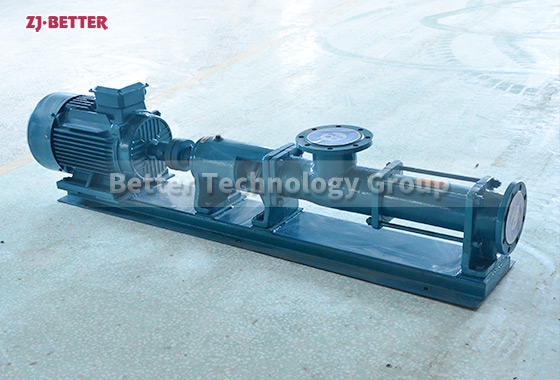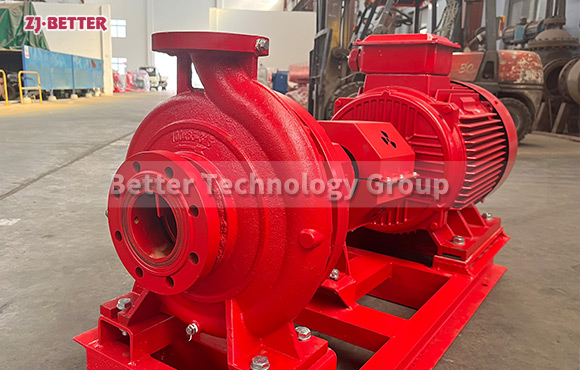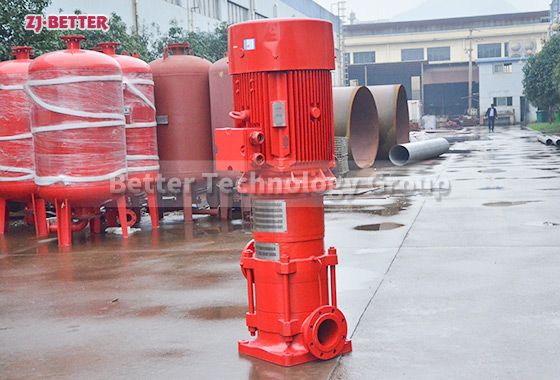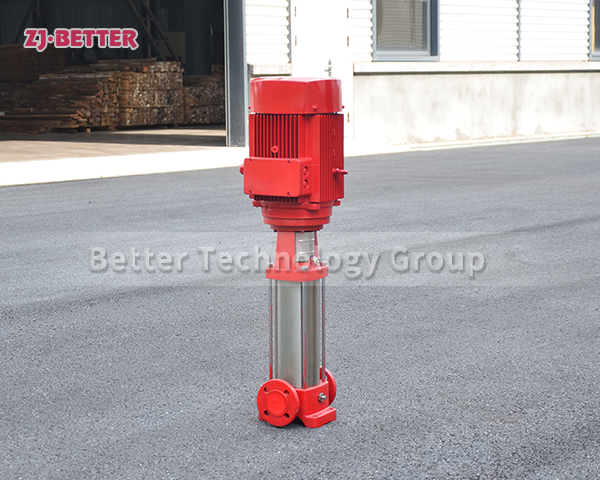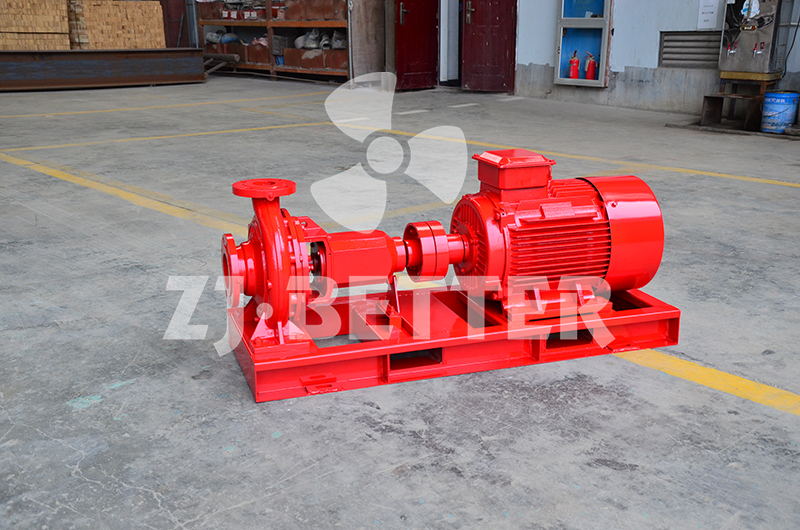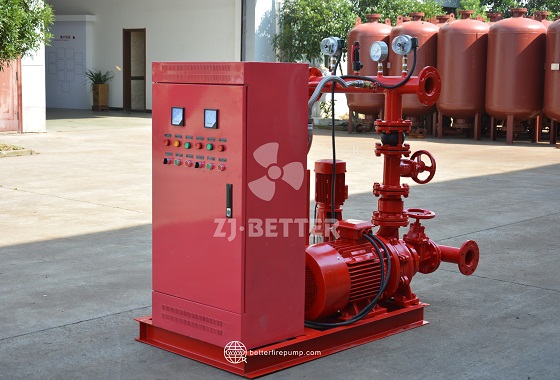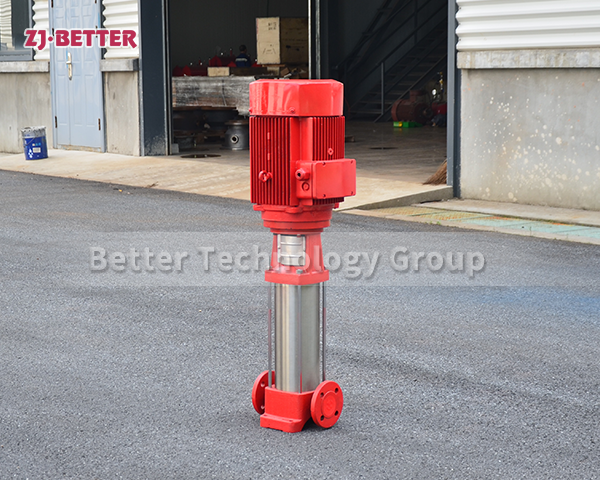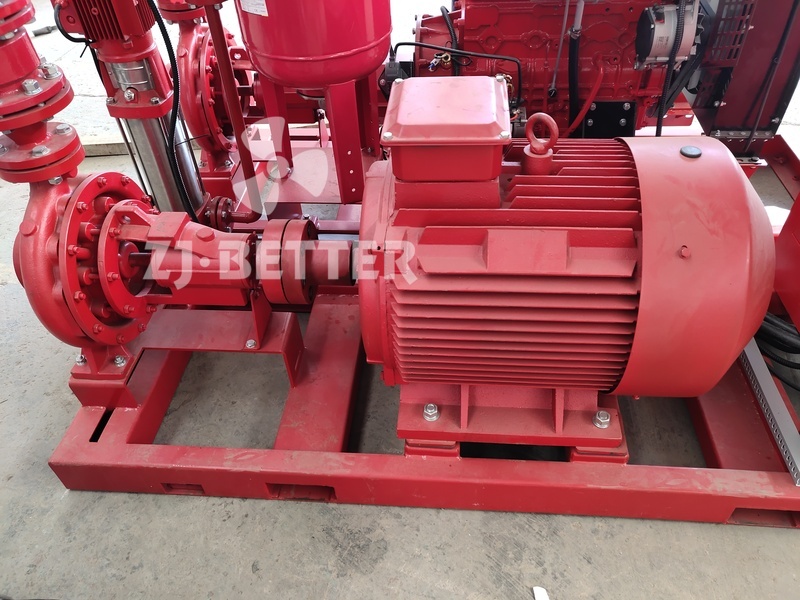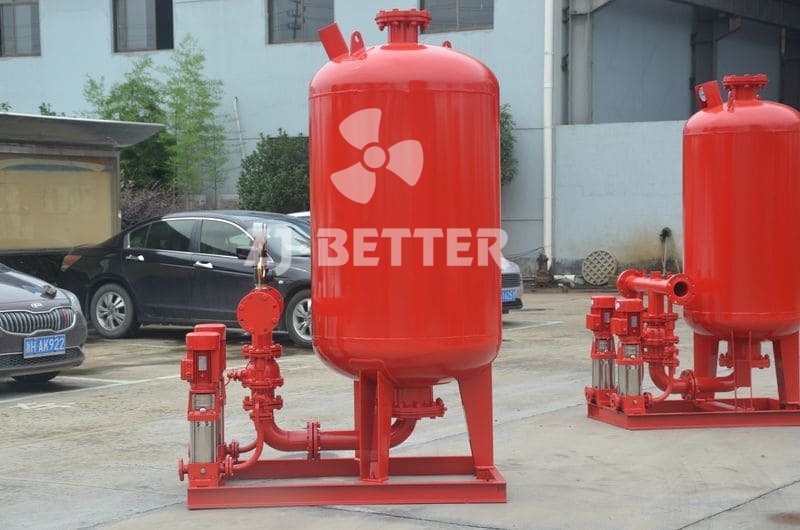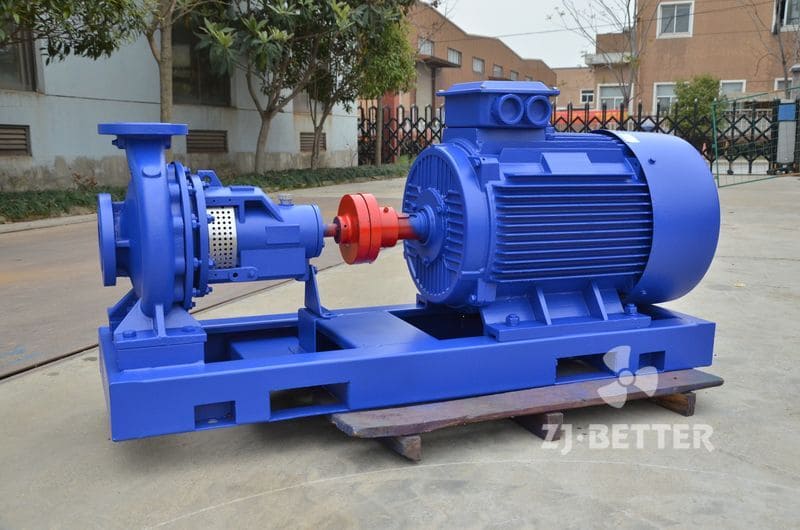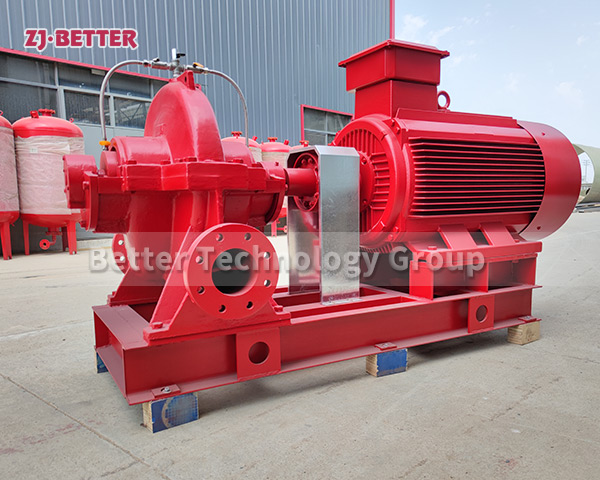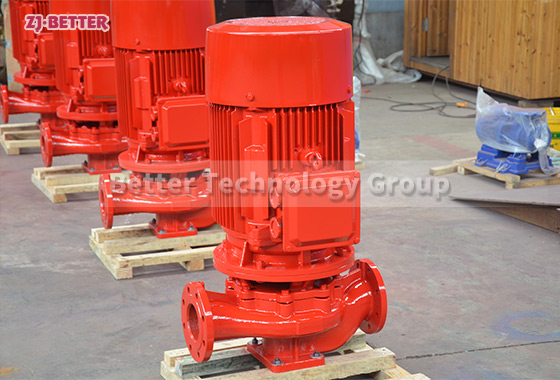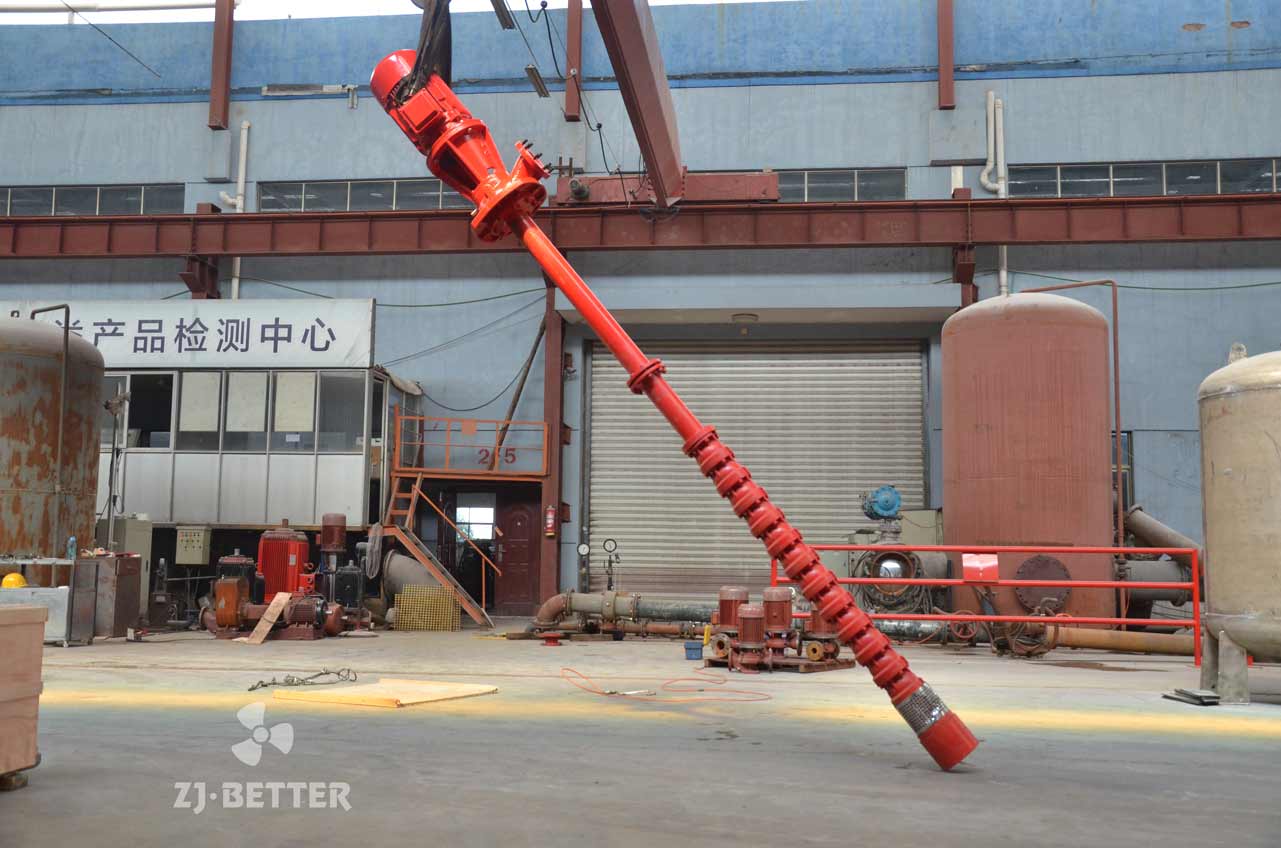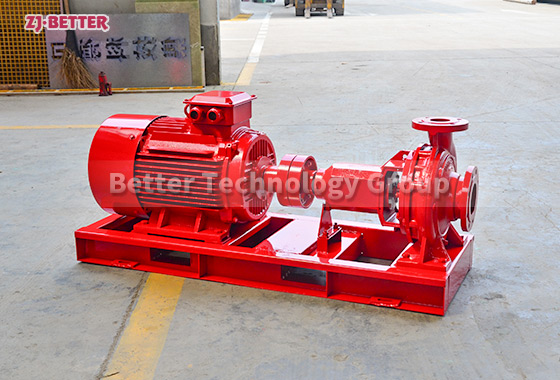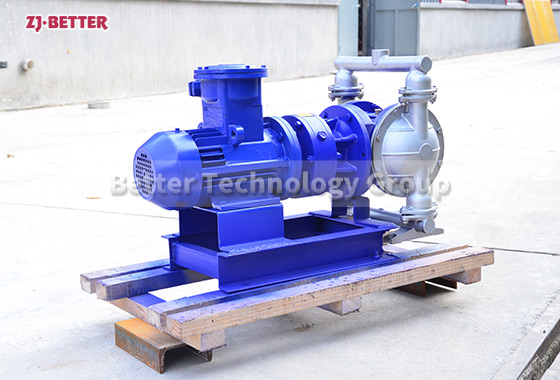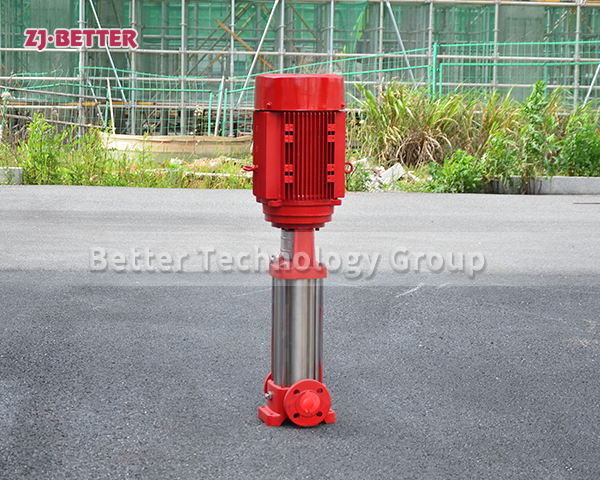From Control to Discharge: Smart Flow of the Electric Fire Pump System
Discover the structural and functional advantages of electric fire pump systems. Learn how smart control, automatic operation, energy efficiency, and remote monitoring enhance modern fire protection in buildings.
In modern urban fire protection systems, electric fire pumps, as critical equipment, are continuously evolving with the advancement of intelligent technology. From the input of control system commands to the water discharge operation of the pump, electric fire pump systems demonstrate unprecedented levels of automation and responsiveness, becoming a core component of building safety. Such systems typically feature motor-driven pump units integrated with fully intelligent electrical control cabinets, automatic start-stop mechanisms, pressure sensors, flow regulators, control modules, and fault alarm systems, seamlessly combining remote control with local precision control. First, electric fire pump systems, with their clean, efficient, and low-noise operation characteristics, are widely applied in various scenarios such as high-rise buildings, underground spaces, commercial centers, and industrial and mining enterprises. In the event of a fire, the electric pump can be quickly activated by the central control system or sensor signals, requiring no manual intervention throughout the process, significantly reducing response time. In terms of structural design, electric fire pump sets typically feature an integrated base with pre-installed interfaces and piping for quick installation and maintenance. The pump body is made of high-temperature resistant and corrosion-resistant materials, with appropriately configured motor power to ensure stable long-term operation. The electrical control system integrates PLC control, automatic fault diagnosis, and adaptive operation logic, enabling the system to handle multiple operating conditions and load changes. The electric fire pump system continuously monitors pipeline pressure changes via pressure switches or intelligent detection modules. When pressure drops below the set threshold, it immediately activates to maintain pipeline pressure within safe limits. It also supports multi-level pressure output and multi-pump rotation start/stop functions to meet precise water pressure requirements in different areas. Additionally, the pump set supports dual-circuit switching between municipal power and backup power, ensuring uninterrupted water supply during emergencies. In terms of control methods, the electric fire pump not only supports local manual control but also enables remote access via an app or SCADA system, facilitating centralized dispatch and management by the fire control center. It can also transmit operational status, parameter anomalies, and fault alerts in real-time via GPRS or Ethernet, forming a complete data loop to enhance the overall informatization level of the fire protection system. Compared to traditional diesel-powered fire pumps, electric fire pumps offer significant advantages in operational costs, as they do not require fuel replenishment, produce lower operational noise, and have longer maintenance intervals. They are particularly suitable for noise-sensitive or space-constrained environments. Additionally, thanks to standardized system component design, electric fire pump sets can be assembled in a modular configuration, allowing for expansion based on actual fire protection requirements to meet the needs of large commercial complexes, industrial parks, or hospitals for continuous or zoned water supply. By seamlessly integrating with intelligent control platforms, the product also supports remote self-diagnosis of faults and regular inspection reminders, reducing manual inspection costs and enhancing system safety. As smart fire protection systems gain traction and green building concepts become more widely adopted, electric fire pump systems, as representatives of low-carbon, efficient, and intelligent solutions, are gradually replacing traditional models and becoming standard equipment in urban safety infrastructure. In summary, electric fire pump sets not only feature a more compact and rational structure but also offer smarter and more flexible functionality. Their end-to-end design—from control logic to water discharge performance—is centered on achieving high responsiveness, low latency, and strong compatibility, making them a crucial product choice for modernizing, digitizing, and greening fire protection systems.

